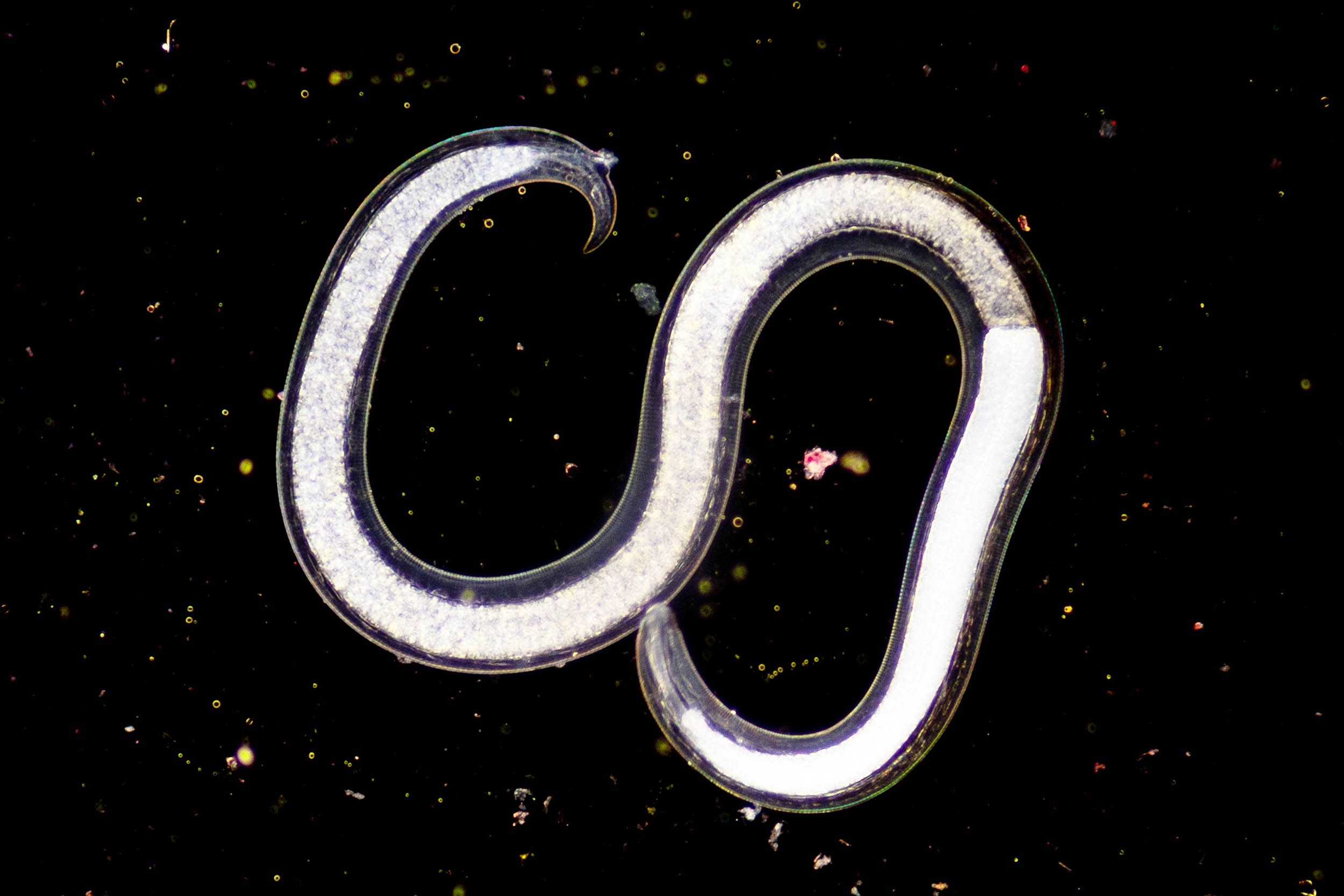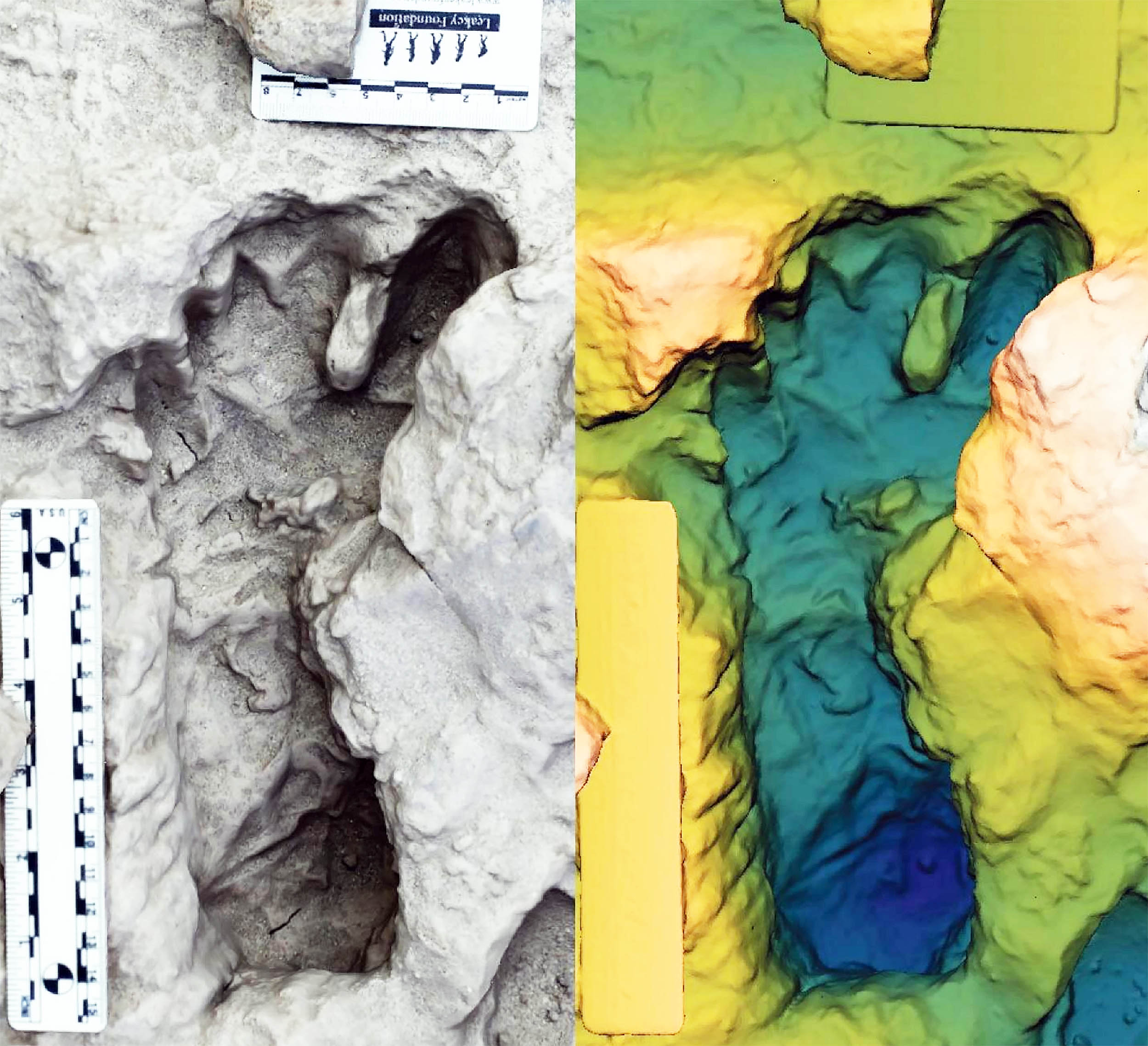New Mole Species Discovery Shakes Up Evolutionary History

Imagine discovering a secret hidden for millions of years that rewrites the history of an entire species. That's precisely what scientists have achieved with the unveiling of Vulcanoscaptor ninoti, a newly identified mole species that lived over 3 million years ago!
This groundbreaking discovery, highlighted in an article published in Scientific Reports by Linares-Martín et al., opens a new chapter in our understanding of moles. Unearthed in 2010 at the Pliocene-aged site of Camp dels Ninots in Girona, Spain, this exceptionally well-preserved fossil presents a treasure trove of insights into the evolutionary saga of these small yet fascinating creatures.
Dr. Marc Furió, a lead researcher from the Universitat Autònoma de Barcelona and IPHES-CERCA, expressed astonishment at the fossil's condition, noting, "This specimen preserves the mandible with a complete dentition, part of the torso, and several bones from both the forelimbs and hindlimbs, many of them still in anatomical connection." Such complete preservation is a rarity among small mammal fossils, especially those of moles, which are typically found in fragments. This unusual completeness allows scientists to delve deeper into their anatomical secrets.
But here's where it gets even more exciting—thanks to cutting-edge microCT scanning, researchers could explore this fossil without causing damage, meticulously studying its fine details like teeth and phalanges. Dr. Adriana Linares, another key researcher, emphasized, "With the microCT, we were able to analyze extremely small and delicate structures that would have been nearly impossible to study otherwise." This technological marvel not only preserved the fossil but also unlocked clues about these creatures' behaviors, hinting at features like robust forelimbs for digging and even potential swimming abilities!
This revelation challenges the traditional image of moles as strictly burrowing animals, suggesting a more versatile lifestyle. Furthermore, this discovery has set the scientific community abuzz with implications for the global movement and evolution of moles. The presence of Vulcanoscaptor ninoti in Europe hints at an ancient history of intercontinental migrations, flipping the script on the longstanding belief that moles were confined to specific regions.
Dr. Furió noted, "The description of Vulcanoscaptor ninoti confirms that the evolutionary history of moles has been far more dynamic than previously thought, involving possible intercontinental dispersals and an underappreciated anatomical diversity." The fossil suggests that moles have navigated a complex evolutionary path, adapting to various ecological niches and moving across the globe far more than we ever knew.



























